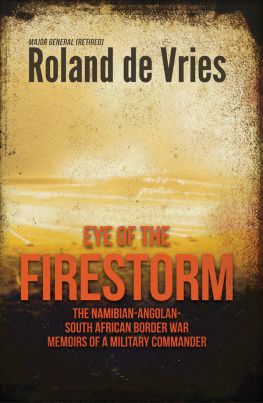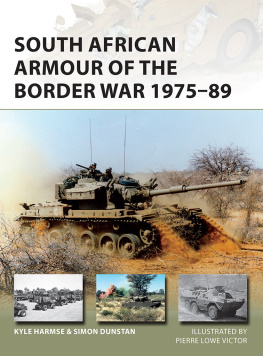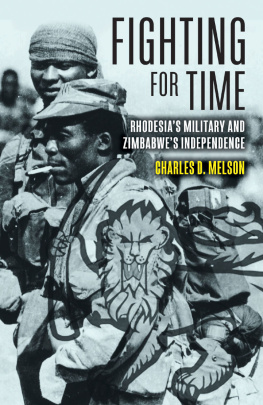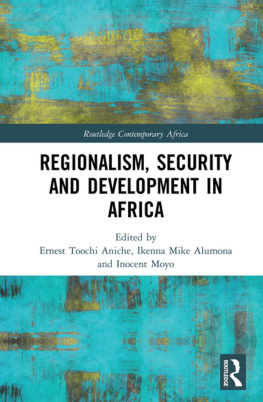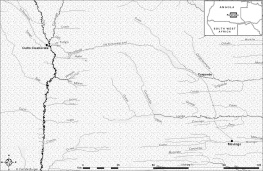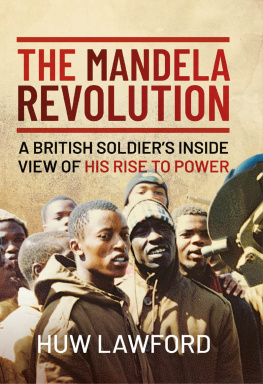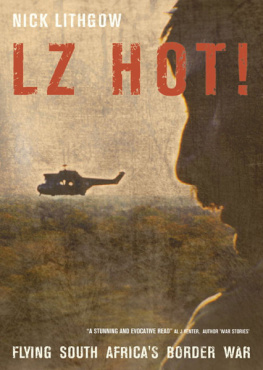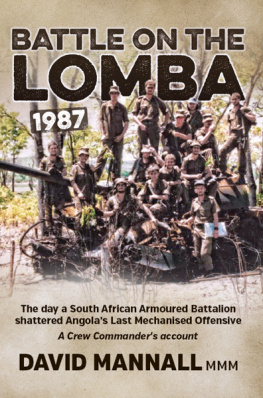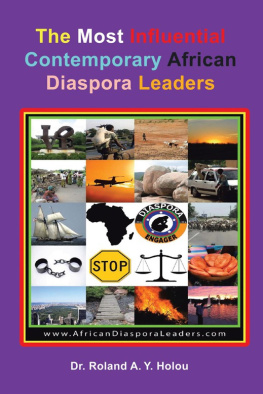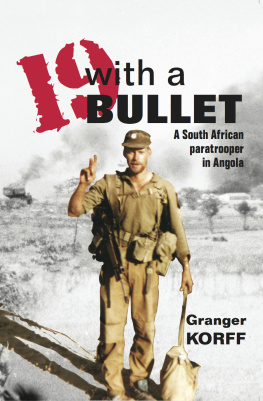
EYE OF THE FIRESTORM
THE NAMIBIAN-ANGOLAN-SOUTH AFRICAN BORDER WAR MEMOIRS OF A MILITARY COMMANDER
Roland de Vries
Major General (Retired)
Helion & Company Limited
26 Willow Road
Solihull
West Midlands
B91 1UE
England
Telephone 0121 705 3393
Fax 0121 711 4075
Email:
Website: www.helion.co.uk
Twitter: @helionbooks
Visit our blog http://blog.helion.co.uk/
Published by Helion & Company 2016
Designed and typeset by Farr out Publications, Wokingham, Berkshire
Cover designed by Johan Koortzen
Originally published as Eye of the Firestorm: Strength Lies in Mobility by Naledi, Tyger Valley, South Africa 2013
Text Roland de Vries, 2016
Edited by Willem Steenkamp, Friedel Hansen & Gustav Venter
Photographs as individually credited within the book
Maps by and Camille Burger
Cover photo: Brigade night attack, Exercise Thunder Chariot, Lohathla, 1984
ISBN 978-1-909982-69-7
eISBN 978-1-912174-40-9
Mobi ISBN 978-1-912174-40-9
British Library Cataloguing-in-Publication Data.
A catalogue record for this book is available from the British Library.
All rights reserved. No part of this publication may be reproduced, stored in a retrieval system, or transmitted, in any form, or by any means, electronic, mechanical, photocopying, recording or otherwise, without the express written consent of Helion & Company Limited.
For details of other military history titles published by Helion & Company Limited contact the above address, or visit our website: http://www.helion.co.uk .
We always welcome receiving book proposals from prospective authors.
List of Battle Maps
Map 1: The relative position of the Western Sub-Theatre of War
Map 2: The Western Sub-Theatre of War
Map 3: Manoeuvring Sectors and Choke-Points within the Western Sub-Theatre of War
Map 4: Appraised target areas
Map 5: Area in dispute activated in September 1981 on completion of Operation Protea
Map 6: Operation Bowler during the Rhodesian War, 1979/80
Map 7: Operation Carrot, April 1981
Map 8: Operation Yahoo, April to May 1982 Deployment of Own Forces
Map 9: Operation Yahoo, April to May 1982 Enemy Infiltrations and Contacts
Map 10: Operation Protea, August 1981 The Battle for Xangongo
Map 11: Operation Protea, August 1981 Actions by Battle Group 10
Map 11: Operation Daisy, October to November 1981 Overview
Map 12: Operation Daisy, October to November 1981 Target Zone
Map 14: Operation Makro, December 1981 to January 1982
Map 15: Operation Meebos, July to August 1982
Map 16: Opration Modular The Final Phase
Map 17: Operation Prone Contingency Plan for Mobile Defence
Map 18: From Operation Modular to Prone, 198788 The Final Battle
List of Figures
Figure 1: Organisation of 61 Mechanised Battalion Group in 1981-82
Figure 2: Badges and Insignia of 61 Mech and its Motto
Figure 3: Attrition Theory Two-Dimensional Figure
Figure 4: Manoeuvre Theory Three-Dimensional Figure
Figure 5: The Attritionist versus Manoeuvrist Theory of Warfare
Figure 6: Attrition and Manoeuvre Three-Dimensional Figure
Figure 7: Manoeuvre Theory Three-Dimensional Figure
Figure 8: Manoeuvring and Fire Support Coordination
Figure 9: The Parameters of Command
Figure 10: Decision-Action Cycle
Figure 11: The Battle of Amajuba
Figure 12: Ambush Sketch by Captain Jan Malan (Operation Yahoo)
Figure 13: Task Organisation for Operation Yahoo, 1982
Figure 14: Task Organisation for Operation Protea, 1981
Figure 15: Task Organisation for Operation Daisy
Figure 16: Task Organisation for Operation Makro
Figure 17: Task Organisation for Operation Meebos II
Figure 18: Ambush Sketch by Captain Jan Malan
Glossary
61 Mechanised Battalion Group.
Second-in-Command.
Area Force Unit (citizen force units in South West Africa, similar to South African commando units).
African National Congress.
A grass-covered area in a woodlands landscape usually depicting a floodplain of a river. Not to be confused with a Shona or Omuramba.
Azanian Peoples Liberation Army.
Air Support Officer.
Another name used for Arlindo Salupeto Pena, one of the senior military chiefs of UNITA.
South African four-wheeled mine protected troop carrier.
South African four-wheeled mine protected troop carrier.
Term used to refer to non-military life, home, friends and family.
An integrated military management system (comprising trained personnel, hardware and software) referring to command, control, communications and intelligence.
An all arms fighting unit based on the headquarters of an infantry battalion or armour regiment.
An all arms fighting sub-unit based on the headquarters of an infantry company or armour squadron.
Digital electronic transmission (text message) system used by the SADF to send classified radio messages.
Electronic Warfare.
Forward Assembly Area (also referred to as an attacking position in close proximity to the enemy).
The Foras Armadas Populares de Libertao de Angola was originally the armed wing of the Angolan MPLA movement but later became the countrys official armed forces when the MPLA took control of the government in 1975.
National Liberation Front of Angola ( Frente Nacional de Libertao de Angola ). One of the original political parties and liberation movements of Angola, which participated in the civil war.
South African 155 mm artillery gun (gun-howitzer) which was capable of firing a 47 kg bomb up to 42 km.
General Officer Commanding.
Helicopter Administrative Area.
High explosive anti-tank (type of high explosive munitions used to destroy armour).
High Frequency.
Headquarter.
Infantry Fighting Vehicle (Infantry Combat Vehicle).
Intelligence.
Institute for Strategic Studies, University of Pretoria.
(Umbundu for Elephant) UNITAs military base in southeast Angola.
stretched over a distance of 450 km from Beacon 1 in the west up to Beacon 45 in the east.
Koevoet (Afrikaans for crowbar), also known as Operation K (Koverte Operasies Covert Operations) and officially denoted as a Counter Insurgency Unit of the South African Police, was a paramilitary-trained police unit employed during the South African Border War.
A kraal is the typical rural settlement form of northern SWA and Angola. Characteristically it consists of a roughly circular fenced space within which a smaller secondary enclosure containing a collection of huts is found. The primary space is used for the propagation of crops and the keeping of livestock when not taken out by herdsmen for daily grazing. Fencing is done to protect crops and stock from unwanted elements and is normally done by the stacking of thorny branches. Fencing of smaller enclosures is mostly done by implanted poles harvested from surrounding woodlands.
A temporary position involving the deployment of vehicles normally in a square or circle usually at night with the HQ in the centre as a defensive measure against surprise attack.
Light Workshop Troop.
Mobile Air Operations Team.
Refers to Russian fighter aircraft used by the Cuban and Angolan air forces during the war in Angola, such as the MiG-21 and MiG-23. Both were armed with 23 mm cannon, a variety of modern air-to-air missiles and an assortment of air-to-ground attack weapons, such as rockets and 500 kg airburst bombs.
Next page
